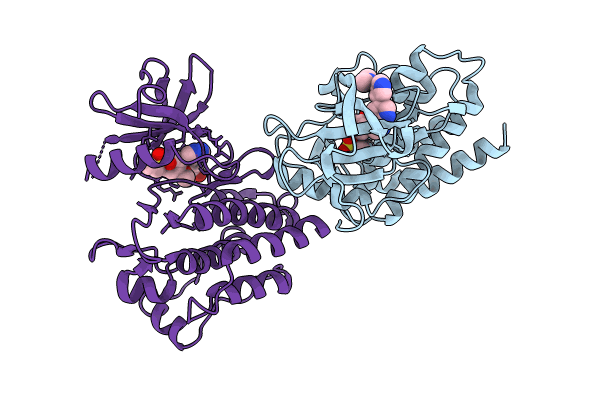Abstact
BACKGROUND
Chronic Myeloid Leukemia (CML) is a blood cancer that remains challenging to cure due to drug resistance and side effects from current BCR-ABL inhibitors. There is an urgent need for novel and more effective BCR-ABL targeting inhibitors and therapeutic strategies to combat this deadly disease.
METHOD
We disclose an "OH-implant" strategy to improve a noncovalent BCR-ABL inhibitor, PPY-A, by adding a hydroxyl group to its scaffold. By taking advantage of this OH "hot spot", we designed a panel of irreversible covalent kinase inhibitors and hypoxia-responsive pro-/dual-drugs, and their biological activities were studied in vitro, in cellulo and in vivo.
RESULT
The resulting compound B1 showed enhanced solubility and biological activity. B4 achieved sustained BCR-ABL inhibition by forming a stable covalent bond with ABL kinase. Hypoxia-responsive prodrug P1 and dual-drugs D1/D2/D3 demonstrated significant anti-tumor effects under hypoxic conditions. The in vivo studies using K562-xenografted mice showed that B1 displayed superior antitumor activity than PPY-A, while P1 and D3 offered better safety profiles alongside significant tumor control.
CONCLUSION
We have successfully developed a chemical biology approach to convert a known noncovalent BCR-ABL inhibitor into more potent and safer inhibitors through covalent and pro-/dual-drug targeting strategies. Our "OH-implant" approach and the resulting drug design strategies have general applicability and hold promise for improvement the performance of various other reported drugs/drug candidates, thereby providing advanced medicines for disease treatment.



